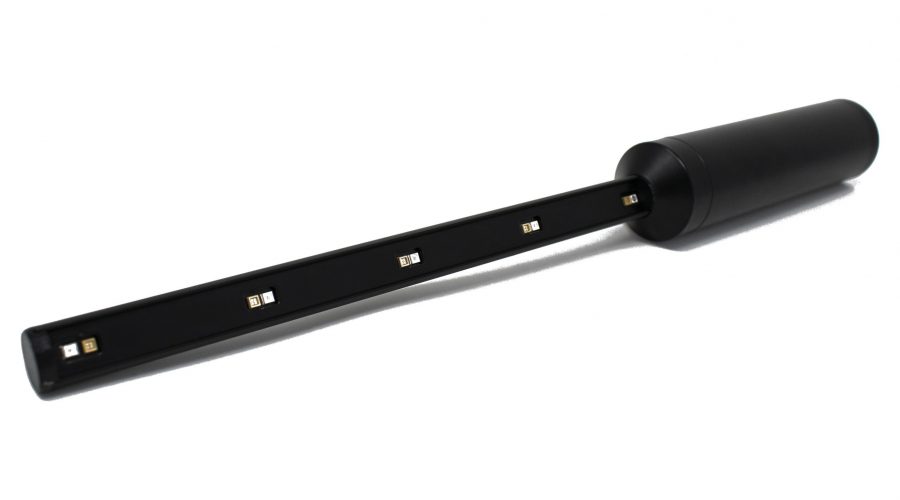Let’s clarify the types of UV rays that make up sunlight:
- UV-A rays (400 – 315 nm) make up the vast majority of ultraviolet radiation that reaches the earth’s surface. They are able to penetrate deeply into the skin and are believed to be responsible for up to 80% of skin aging, from wrinkles to age spots.
UV-B rays, (315 – 280 nm) which can damage the DNA of skin cells, causing damage ranging from sunburn to skin cancer (recently scientists have discovered that UVA rays can do this too).
UV-C rays (280 – 100 nm) which are filtered by ozone in the atmosphere long before it reaches our skin. It has a shorter and more energetic wavelength, capable of destroying genetic material
- UV-A rays (400 – 315 nm) make up the vast majority of ultraviolet radiation that reaches the earth’s surface. They are able to penetrate deeply into the skin and are believed to be responsible for up to 80% of skin aging, from wrinkles to age spots.
Covid-19, like all viruses, is sensitive to heat and ultraviolet light, which is why in the summer there was a decline in cases in the northern hemisphere, to the detriment of the southern hemisphere, where winter is already beginning . However, disinfecting surfaces with sunlight is problematic, as the time required to deactivate the new coronavirus depends on the amount of UV rays incident on the surface, which vary depending on the time of day, the weather, the season, the terrestrial latitude in which you are located, so it does not appear to be a reliable way to kill the virus.
In contrast, artificially produced UV-Cs, since their discovery in 1878, have become an effective sterilization method in hospitals, airplanes, offices and factories. Some studies have shown that they are effective against other coronaviruses, such as that of SARS. The radiation deforms the structure of their genetic material and prevents the viral particles from making copies of themselves. The amount of radiation required to kill the virus varies depending on factors such as the shape and type of material to be sanitized.
The far UVC has a shorter wavelength than the normal UVC and so far experiments with human skin cells in the laboratory have shown that it does not damage their DNA, but further research will be needed to be sure of these results.





